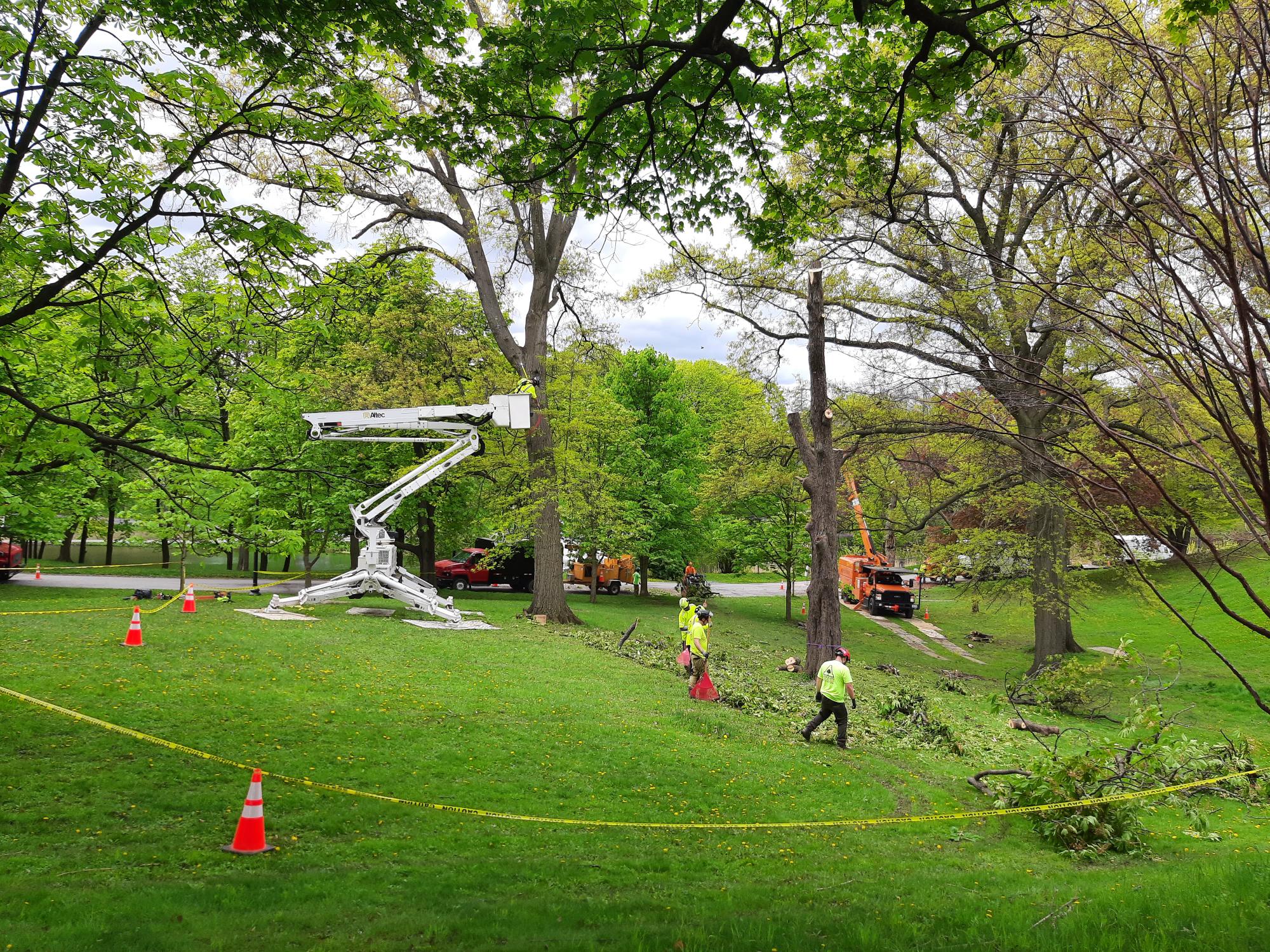You’re not alone if you’ve ever been curious about how quickly elm trees grow. Elm tree growth rates are an interesting feature of the natural world that you should be aware of in order to properly care for these stately trees in your landscape.
How Fast Do Elm Trees Grow : The Early Growth of Elm Trees
Elm trees, which are distinguished by their elegant canopies and unusually serrated leaves, have an amazing journey from tiny seed to healthy sapling. The seed begins the process of germination, and it usually takes a few weeks for the first life signals to appear.
The foundation is laid during these formative years, which are very important.
Starting Over: Elm Growth’s First Year
During its first year of life, the young elm seedling experiences rapid growth as it breaks through the soil. In ideal circumstances, good soil and enough sunlight allow certain elm species to reach a height of two feet in a single growing season. Imagine this: a fragile branch growing into a sturdy young tree that reaches for the stars.
Getting Through Adolescence: The Formative Years of Elm Trees
Similar to humans facing the obstacles of adolescence, elm trees go through considerable changes during their adolescent years. During this time, which typically lasts for several years, the plant grows taller, its branches sprout, and a strong root system is established. For these trees, it’s a moment of both vulnerability and resilience.
Environmental Factors: How Environment Affects Elm Tree Development
Elm trees’ growth rate is influenced by a variety of extrinsic influences in addition to their natural traits. Three major environmental determinants are water availability, solar exposure, and soil quality. These trees demonstrate their versatility to a variety of situations by flourishing in well-drained soil and lots of sunlight.
Different Elm Varieties, Different Growth Rates: Species Matter
Regarding growth rates, elm trees are not made equally. Different species of elm display different development patterns. While some species climb quickly, others tackle the task more methodically. Knowing the particulars of your elm variety might help you make important decisions about how fast it should develop.
Obstacles Enroute: Tree Growth Obstacles for Elms
The development of elm trees is not without its difficulties, much like any journey. Unfavourable weather, illnesses, and pests can impede their development. Maintaining the health and growth of these remarkable trees requires regular monitoring and timely intervention to offset these issues.
Maturity and Magnificence: Full-Blooming Elm Trees
Elm trees slow down their development as they mature and focus more of their energy on seed production and canopy maintenance. The magnificent sight of a fully grown elm tree bears witness to the years of careful care and the tenacity embedded in the very nature of these exceptional examples.
Ways to Promote Elm Tree Growth
There are methods to foster the growth of elm trees whether you’re an arborist, a homeowner, or just a nature lover. Maintaining these trees’ general health and further growth can be facilitated by routine pruning, appropriate watering, and swift attention to any symptoms of distress.
FAQs
What is the average growth rate of elm trees during their first year?
Elm trees can develop quickly in their first year of life; under ideal circumstances, some types can grow as tall as two feet.
What aspects of the environment affect how big elm trees get?
The availability of water, sunlight exposure, and soil quality are three essential environmental factors that impact the growth of elm trees. Their general growth and well-being are influenced by well-drained soil and plenty of sunlight.
Do different types of elm trees grow at different rates?
It’s true that many elm species have unique growth patterns. Some have a reputation for climbing quickly, while others take their time. Managing growth expectations for your elm tree requires an understanding of its particular kind.
What difficulties do elm trees encounter as they grow?
Elm trees may face difficulties that impede their growth, such as pests, illnesses, and unfavorable weather. Their continued well-being depends on prompt action and routine monitoring.
How can I encourage the elm trees in my neighborhood to grow?
A few good practices for elm tree growth are routine trimming, adequate hydration, and quick response to symptoms of distress. Giving these magnificent trees the care and attention they require assures their life and good health.
Conclusion
In summary, the development of elm trees is an intriguing process that takes place throughout time. Every stage of life, from a seed’s modest beginnings to a mature tree’s grandeur, is a monument to the wonders of nature.
We can guarantee that these majestic trees will beautify our landscapes for many years to come by comprehending the elements controlling their growth and giving them the care they require.
Recall that while admiring an elm tree’s majestic height, you’re not only seeing its development but also a living example of the careful balancing act between nature and nurture. With a renewed respect for the marvels of nature, you may tell the captivating tale of elm tree growth the next time someone asks, “How fast do elm trees grow?”




